Tier Gardening is a gardening method that maximizes space and plant variety by using multiple levels or tiers. It is ideal for small gardens or areas with limited ground space.
This technique involves growing plants on different levels, such as shelves or stacked containers, allowing efficient use of vertical space and creating an organized garden display. Here we will take you through the step-by-step process of starting your tier garden. From planning and preparing the soil to choosing and caring for the right plants, we’ve got you covered.
Discover how Tier-Gardening works and learn about its numerous benefits, such as maximizing space utilization and improving plant health. We will also share some important tips to remember while practising Tier-Gardening. Get ready to transform your gardening experience with this practical and efficient method.
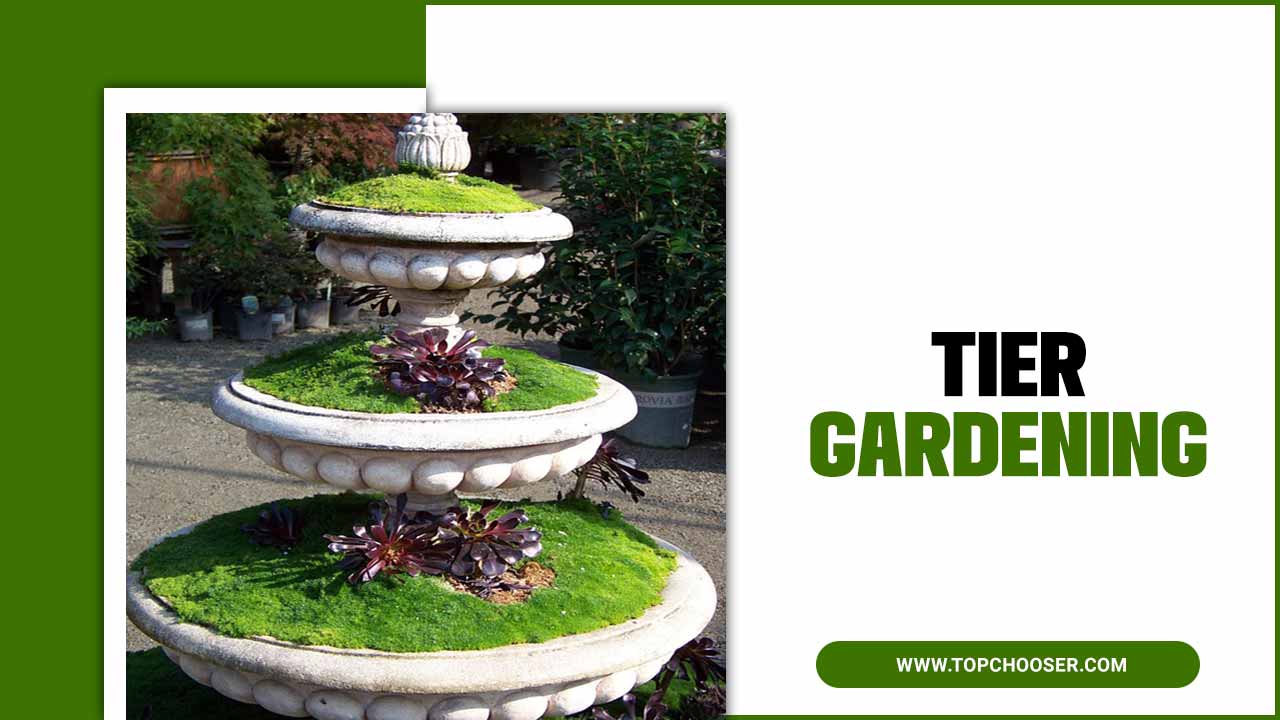
A Detailed Guide For Starting Tier Gardening For Beginners
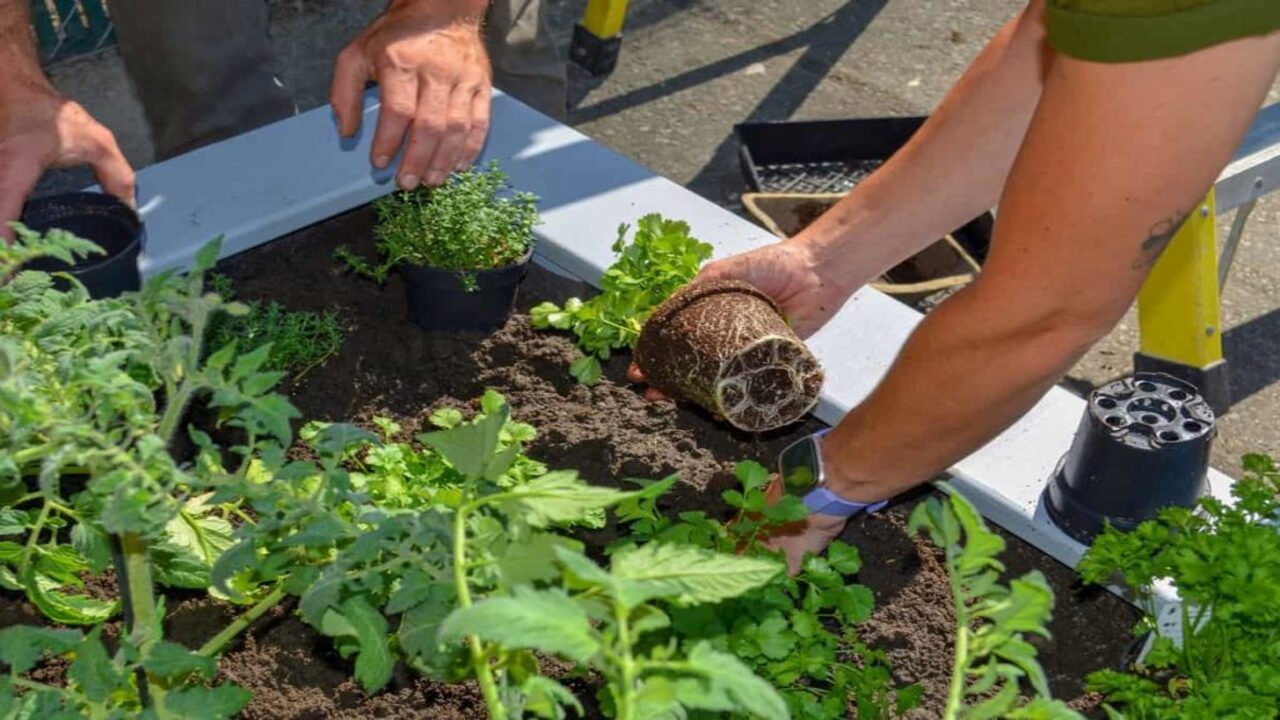
Tier Gardening is a valuable technique that offers numerous benefits. It maximizes space in small areas, making it ideal for limited garden space. You can create a visually appealing garden with better drainage and airflow with different levels or tiers.
This promotes healthier plant growth and prevents soil erosion. Additionally, the different levels make accessing and maintaining plants easier, making gardening tasks more convenient. Overall, Tier-Gardening creates a functional and aesthetically pleasing garden space. Here are step-by-step guides to starting Tier-Gardening.
1. Planning The Garden
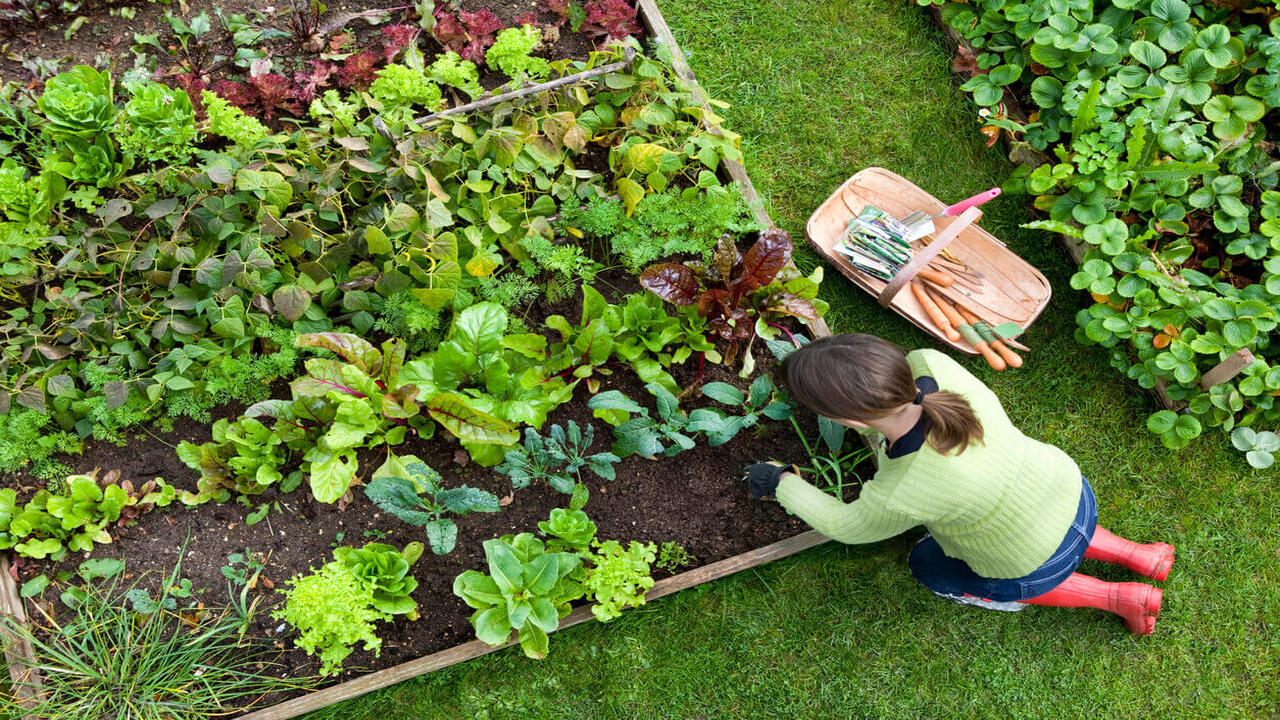
When planning your tier garden, it is essential to determine the size and location that best suits your needs. Consider factors such as sunlight, water access, and proximity to your home. Additionally, decide on the number of tiers you want and the materials you will use for each tier.
A well-thought-out layout is crucial, considering the types of plants you want to grow and their spacing requirements. Before building or assembling the tiers, prepare the soil by removing any existing grass or weeds and adding compost or other organic matter. Ensure the tiers are sturdy and level to ensure a successful gardening experience.
2. Preparing The Soil
Before beginning Tier-Gardening, it is essential to prepare the soil to ensure optimal plant growth properly. Start by clearing the area of any weeds or grass where you plan to create your tiers. Loosening the soil with a garden fork or tiller will improve drainage and allow plant roots to penetrate easily.
To determine if the soil is suitable for your plants, test its pH level using a soil testing kit and make adjustments if necessary. Enhance the soil’s fertility by adding organic matter, such as compost or well-rotted manure. Additionally, incorporate a balanced fertilizer based on package instructions to provide essential nutrients for the plant’s growth.
3. Choosing The Right Plants
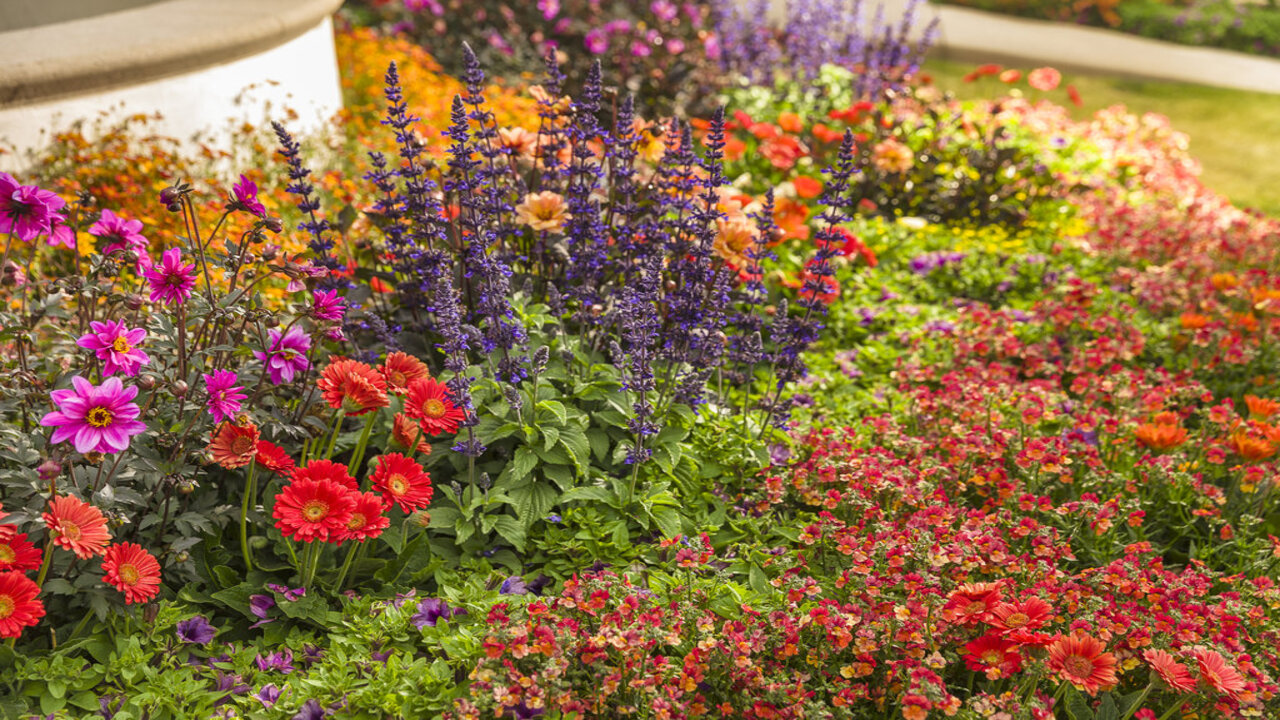
When choosing the right plants for Tier-Gardening, there are a few important factors to consider. First and foremost, consider your garden’s climate and sunlight conditions. Different plants have different light requirements, so selecting ones that will thrive in your specific environment is essential.
Another crucial aspect is choosing plants with similar water and sunlight requirements. This ensures they can thrive together in the same tier without overshadowing or wilting due to different needs. Additionally, consider the height and spread of each plant to ensure they fit well within the tiered structure. This will help maintain a visually pleasing and functional garden.
4. Planting The Plants
When planting the plants in your tier garden, choose the ones you want to grow based on their sunlight and water requirements. Ensure the soil is properly prepared by loosening it with a garden fork or tiller and removing any weeds or debris.
Enhance the soil’s fertility and drainage by adding compost or organic matter. Next, place the plants in their designated locations on each tier, considering their growth habits and spacing them accordingly. Dig holes slightly larger than the plant’s root balls and gently place them into the holes. Backfill the holes with soil, firming them around the roots.
5. Planting And Growing Vegetables
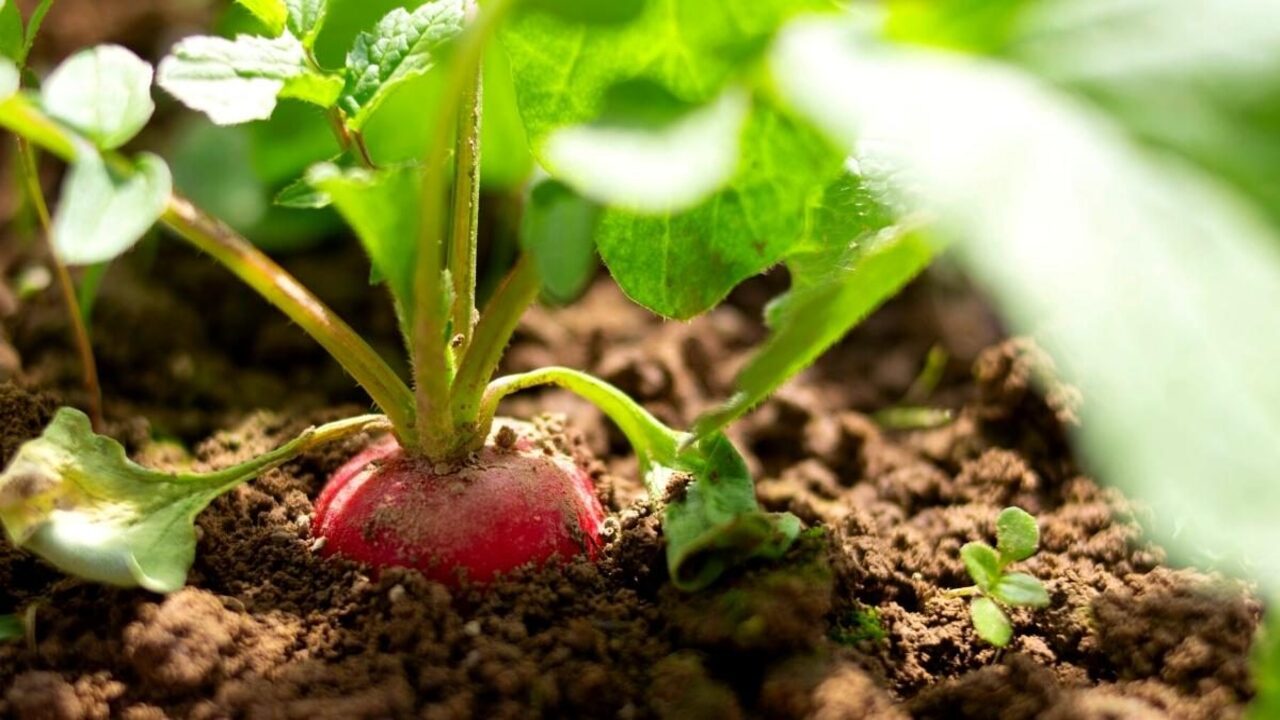
Planting and growing vegetables in your tier garden requires careful consideration of various factors. Start by choosing the right location with sufficient sunlight and good drainage. Prepare the soil by removing weeds and debris, and loosen it with a garden fork or tiller.
Next, decide on the vegetables you want to grow and get seeds or seedlings from a reputable source. Create sturdy tiers using bricks or wood, and fill them with high-quality soil rich in organic matter. Finally, plant the seeds or seedlings according to their specific spacing and depth requirements.
6. Harvesting And Storing Vegetables
When harvesting vegetables from your tier garden, selecting only the ripe and ready ones is crucial. You can use a sharp pair of scissors or garden shears to carefully cut the vegetables from the plant, making sure to avoid any damage to the plant itself. For certain vegetables like tomatoes and peppers, you can harvest them slightly underripe as they will continue to ripen off the vine.
Once you have harvested your vegetables, storing them properly is important to maintain their freshness and flavor. Most vegetables can be stored in a cool, dry place for several days or weeks, although leafy greens are best consumed soon after harvest. If you have an abundance of vegetables you cannot consume immediately, consider preserving them through canning or freezing methods.
7. Keeping And Using Pesticides
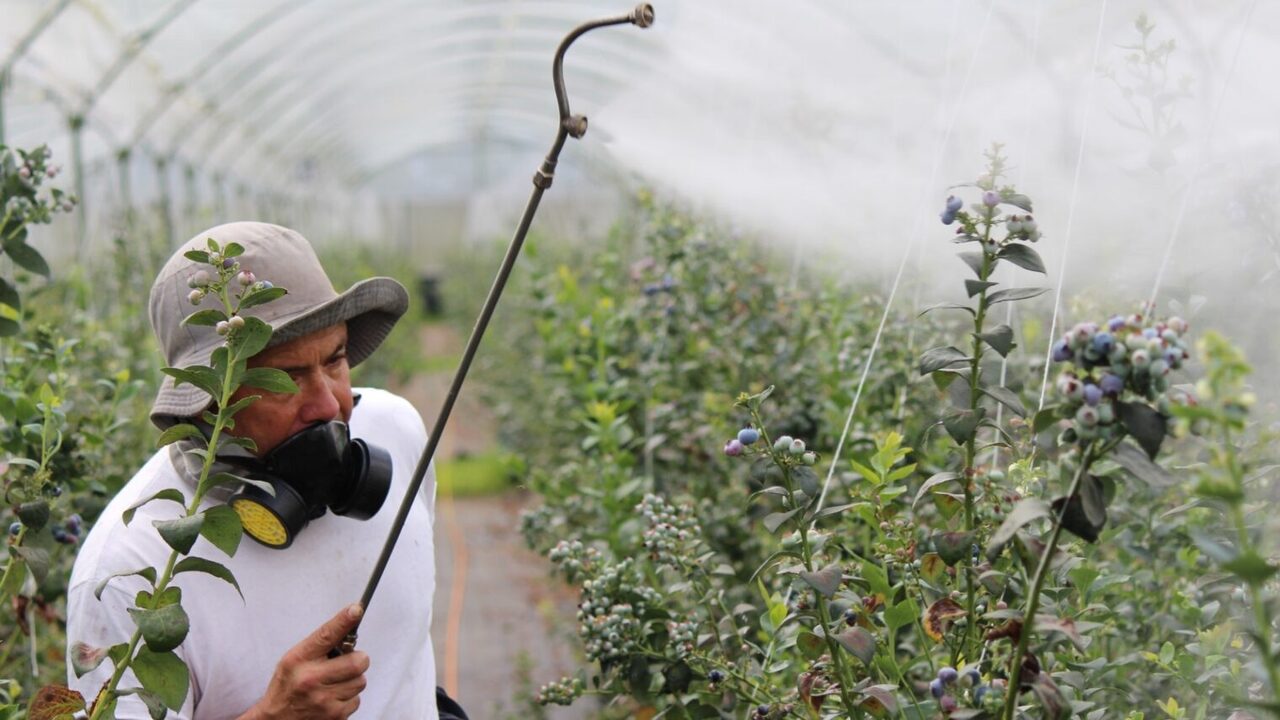
Regarding Tier-Gardening, it’s crucial to consider the use of pesticides and their impact on both your plants and the environment. Pesticides should always be a last resort and used only when necessary to control pests that could harm your plants.
For safe use, follow the instructions on the label carefully and wear protective clothing to minimize exposure. Additionally, choose pesticides specifically labelled for the types of plants grown in your tier garden. Alternatively, explore organic or natural alternatives like neem oil or insecticidal soap, which are less harmful to beneficial insects and wildlife.
8. Planting And Caring For The Plants
Select the appropriate plants based on their sunlight requirements and size to ensure successful Tier-Gardening. Before planting, prepare each tier’s soil by removing weeds or debris and loosening it for optimal root growth.
Begin with the largest plants in the bottom tier, allowing adequate space for growth. Add a layer of soil to the next tier and plant medium-sized plants, ensuring proper spacing. Repeat this process for each tier, placing smaller plants in higher tiers. After planting, water the plants thoroughly and maintain regular watering to moisten the soil.
9. Watering The Plants
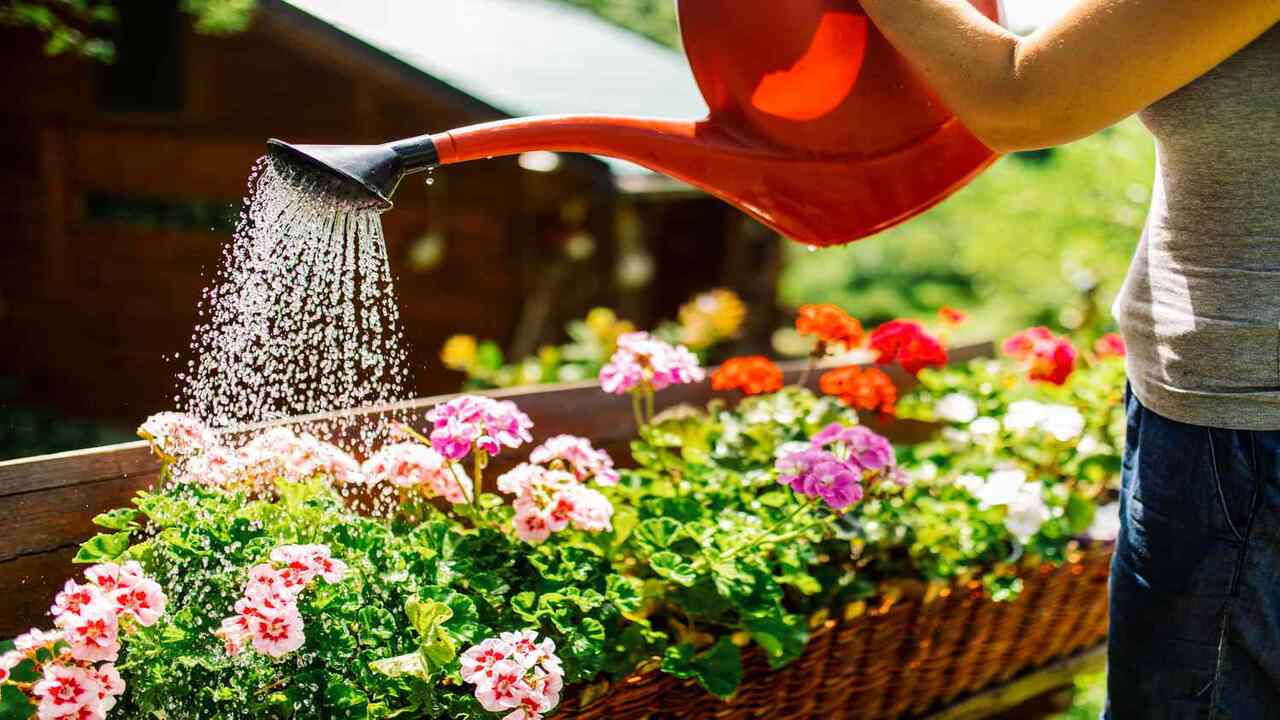
Watering the plants is a crucial step in Tier-Gardening to ensure they receive adequate moisture. Each plant’s watering needs should be determined based on its specific requirements and the tier it’s placed in. Use a watering can or hose with a nozzle attachment to control water flow and avoid overwatering.
Thoroughly water the plants, ensuring the water reaches the roots and not just the surface soil. Regularly monitor the soil’s moisture level and adjust your watering schedule accordingly. Consider using a drip irrigation system or self-watering containers for more efficient and consistent watering.
10. Fertilizing The Plants
Fertilizing your plants in Tier-Gardening is vital for giving them the necessary nutrients to grow healthily. Choose a suitable fertilizer based on your plant’s needs, such as a balanced or specialized formula. Follow the instructions on the packaging for dosage and application methods.
For a more sustainable approach, consider using organic fertilizers or compost. Apply the fertilizer evenly around the base of each plant, avoiding direct contact with leaves or stems. Afterward, water the plants thoroughly to help distribute the nutrients into the soil.
11. Maintaining The Plants
Regularly watering the plants in each tier is crucial in maintaining their health and growth. Ensuring the soil remains consistently moist but not overly saturated is important. As part of plant maintenance, monitoring for pests and diseases is essential. Take appropriate measures, such as using organic pest control methods or applying pesticides as needed.
Additionally, trimming and pruning the plants promote healthy growth and maintain their desired shape. Regular fertilization with a balanced fertilizer provides the nutrients for optimal plant growth. Observing the overall health of the plants and making adjustments to their care, such as providing additional support or adjusting lighting conditions, ensures their continued well-being.
Benefits Of Tier-Gardening
Tier-Gardening offers numerous benefits, making it an excellent choice for small and urban gardens. One of the key advantages is the maximization of space, allowing you to grow more plants in a limited area. Additionally, the tiered structure provides better drainage, preventing waterlogged soil and promoting healthy plant growth.
With easy access to each level, maintenance tasks become effortless. Furthermore, keeping plants off the ground reduces the risk of pests and diseases that thrive in soil-borne environments. Lastly, tiered gardens create visually appealing landscapes, adding depth and dimension to your outdoor space.
Things To Remember While Tier-Gardening
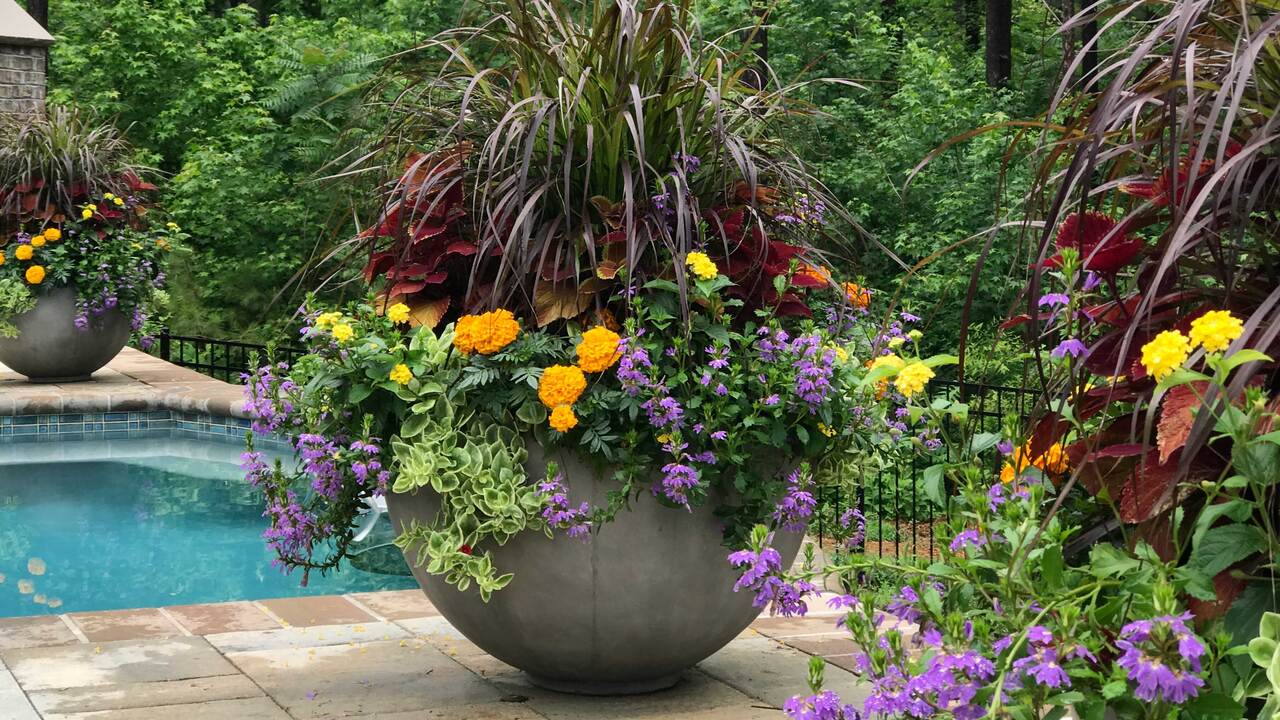
When embarking on Tier-Gardening, there are a few important factors to remember. First and foremost, choose the perfect location for your tier garden, considering sunlight exposure, soil quality, and accessibility. Next, determine the size and shape of each tier based on the available space and the specific plants you plan to cultivate.
It’s crucial to properly prepare the soil by eliminating weeds or rocks and incorporating compost or fertilizer to optimize plant growth. Selecting suitable plants for each tier is vital, considering their sunlight and water requirements and compatibility with other plants. When planting, ensure proper spacing and depth to promote optimal growth. Lastly, regular maintenance includes watering, pruning, fertilizing, and protecting plants from pests or diseases.
Conclusion
Tier Gardening offers many benefits, including maximizing garden space and creating an aesthetically pleasing outdoor space. Following our detailed step-by-step guide, you can effectively plan, prepare, and maintain your tier garden. It is crucial to carefully select the appropriate plants for each tier and ensure they receive adequate care in terms of watering and fertilization.
Tier-Gardening optimizes space and promotes healthier plant growth and higher yields. If you’re eager to embark on your Tier-Gardening journey, our comprehensive guide will provide you with all the necessary information. Hope the above guideline will help you to start your Tier-Gardening.
Frequently Asked Questions
[rank_math_rich_snippet id=”s-389b978c-e170-4c6c-ad06-57d2a4dc9a9d”]

I am passionate about home engineering. I specialize in designing, installing, and maintaining heating, ventilation, and air conditioning systems. My goal is to help people stay comfortable in their homes all year long.
